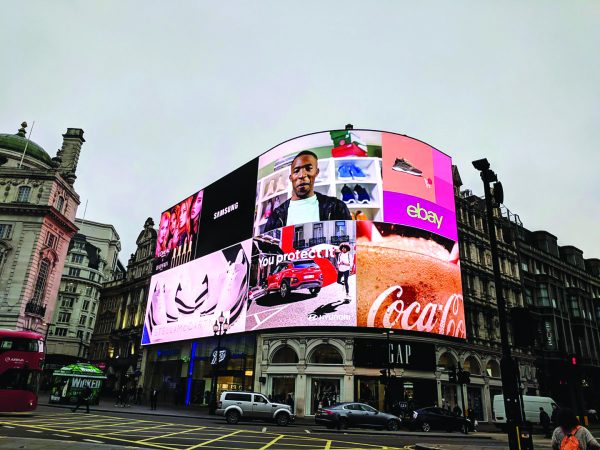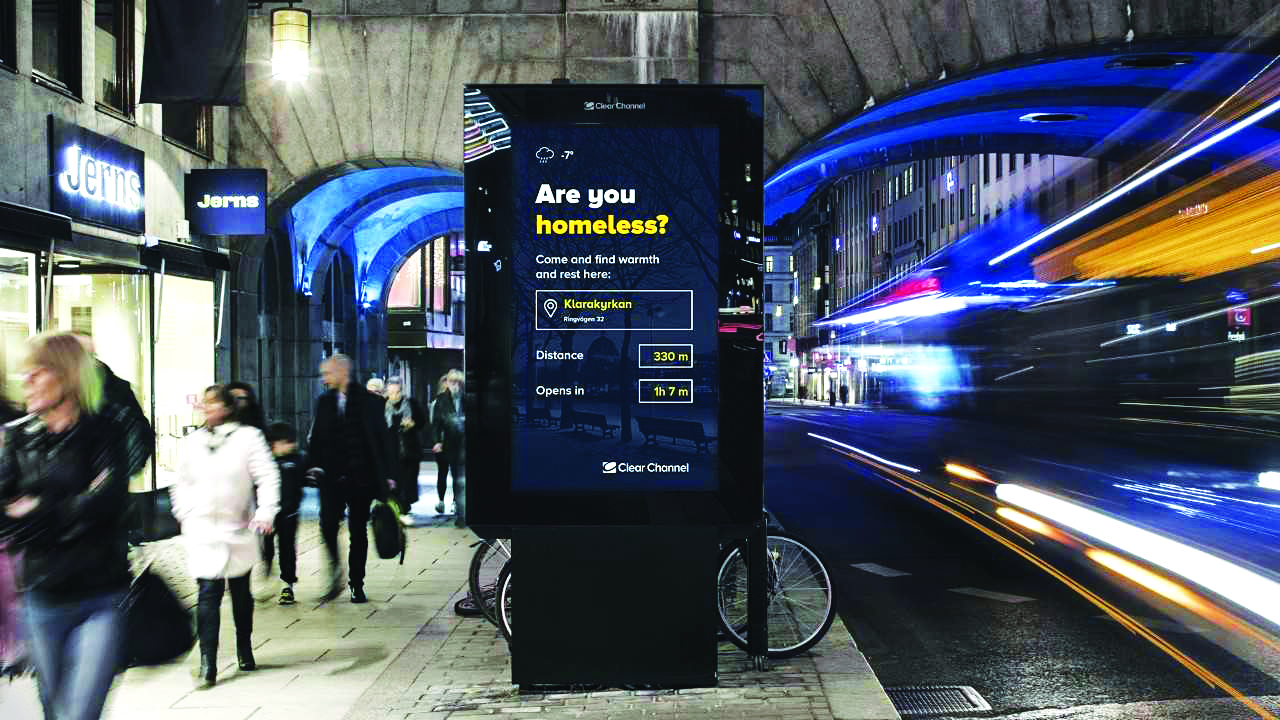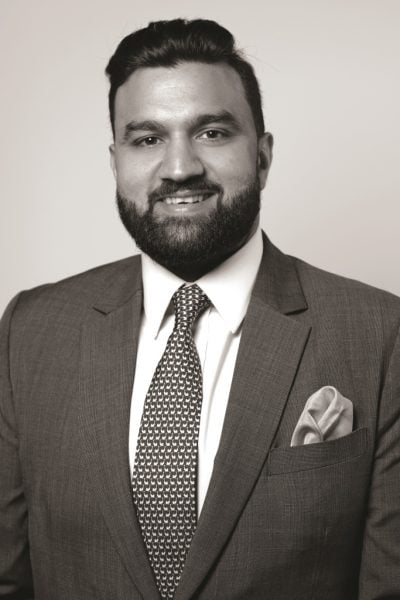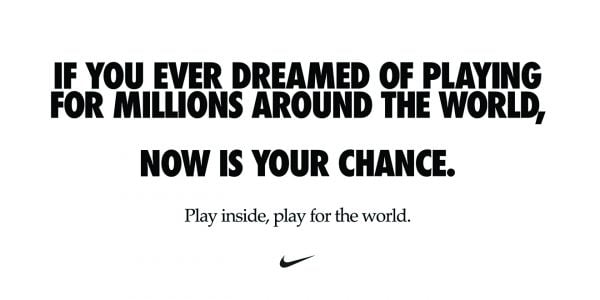
Prior to 2020, the OOH industry proved itself to be the most resilient part in the changing face of global media investment, as it claimed market share from both print and linear TV. The Covid-19 pandemic shattered much of that heavy momentum, with desolate towns, cities and business districts now the defining image of 2020.
In the background, though, there has certainly been a lot of hustle with the world’s leading OOH companies scrambling to accelerate their next-level technologies to launch in time for the inevitable upturn and the spate of revenge consumerism we hear so much about.
Clear Channel has been leading this charge for many years, and last month saw them roll out their highly coveted RADAR technology across Europe, four years after they initially launched it in the US market. Where footfall and estimated vehicular traffic were the traditional yardsticks for OOH, these have now been replaced with the layering of mobile data and digital insights.
With traditional OOH growing consistently, regardless of technological advancement, what have been the key factors driving this change and investment?
DIGITAL SCREENS
The first element is the growth of digital screens globally, enabling DOOH to surpass traditional OOH revenue this year for the first time. The ability to produce LED screens at lower and lower costs has opened up the sector to provide a new approach, particularly in the high-frequency, targeted-reach nook.
REAL-TIME DOOH TRADING
The multiscreen ecosystem allows advertisers to create multiple, coordinated touchpoints with their customers, enabling brands to win, retain and consistently engage with ever-evolving audiences. Increasing numbers of site owners and vendors are integrating their inventory into demand-side platforms, which makes real-time DOOH trading a fascinating underdog in the fight for those advertising dollars.
SOCIAL AND DIGITAL INTEGRATION
OOH has started working hand-in-hand with clients’ social and digital campaigns, with leading brands such as Coca-Cola incorporating digital billboards, social platforms, and search data all together in their “Share a Coke” campaign. Piggy-backing on the growth of these mediums has worked a treat for DOOH, as opposed to falling into the ill-fated trap of competing against them in what is largely an already-won race.
 CONTACTLESS PAYMENT
CONTACTLESS PAYMENT
Not many would dispute the contactless payment industry is one of the very few winners in 2020’s shake-up. As digital OOH continues to firmly wedge itself in the consumer journey, versus its previous guise as a brand awareness medium, it can now become a part of the more in-demand direct response and performance marketing set.

The current generation of new technology, including Clear Channel’s RADAR, takes all of these advancements and rolls them up into a wonderfully neat package, which effectively becomes a full-service planning tool assisting brands to (1) understand where best to invest in their DOOH; (2) track which sites are working best for them; and (3) follow the consumer through to purchase and later calls-to-action (borrowing a leaf from digital’s attribution-model book).
Looking forward, this is only going in one direction. The unrivalled access to technology and integration opportunities today means any OOH company that is not leveraging and hedging its bets on a highly connected future is missing a trick. In fact, it may be missing the entire magic show by letting this pass them by.
In some ways, the timing couldn’t have worked out much better. Audiences are returning. Take, for example, the UK, which has seen a 74 per cent return of roadside traffic compared with February 2020 and is and growing at 5 per cent a week. Brands are ready to resume ‘normal’ conversations beyond the “Stay Home, Stay Safe” rhetoric that dominated so much of this year.
OOH played a key role in helping to carry government messages throughout the lockdown, as well as numerous occurrences around the world where billboards lent assistance to small businesses and supported those who were putting themselves at risk to keep our cities and countries moving. It’s indicative of what many consider to be the world’s most powerful communication platform, that it can be used throughout good times and bad, but always to the same effect: big, bold and, now, highly targeted.











